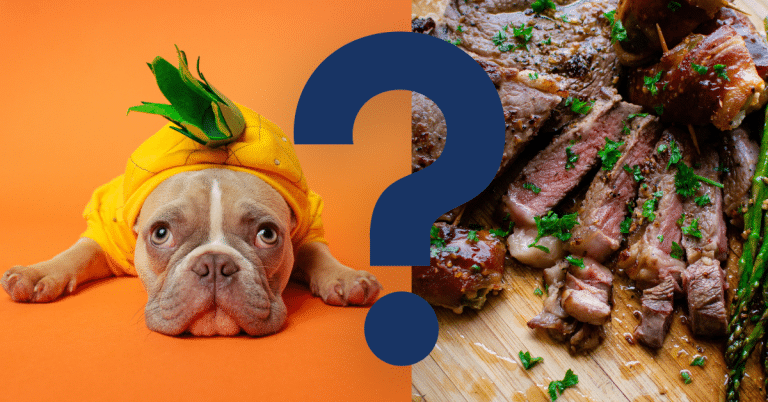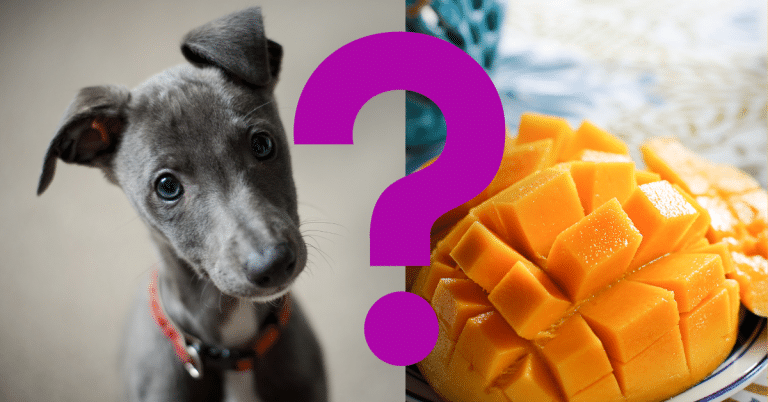Can Dogs Eat Corn Cobs? A Vet’s Opinion

Corn Cobs can be a fresh treat, but can you feed Corn Cobs to your dog?
Dogs may tangle in corn cobs, potentially resulting in intestinal obstructions, so owners should avoid feeding corn cobs to dogs.
Benefits Of Corn Cobs For Dogs
Here are some potential benefits of giving your dog a corn cob:
- Dogs and their human counterparts like spending time together because they are friendly animals. Sharing a corn cob with your dog might be a great approach to developing and improving your friendship. It might also be enjoyable for you and your dog to do it together.
- Providing mental stimulation is important because it keeps dogs from becoming bored and encourages excellent behaviour. Giving your dog a corn cob to chew on might be a novel and intriguing experience, keeping them interested and cognitively active.
- Promoting positive behaviour: Dogs learn through positive reinforcement. Therefore, excellent rewarding behaviour can involve sharing a snack with your dog. You may, for instance, reward your dog with a piece of corn after they successfully obey an order or behave well. This can support positive reinforcement and motivate your dog to maintain good behaviour.
Sharing a corn cob with your dog should be done with caution; remembering that is crucial. To avoid choking and intestinal blockages, the corn cob should be fully cooked, and the kernels should be removed. Additionally, keep a close eye on your dog to ensure they don’t consume any potentially harmful snack components. Never give your dog a corn cob if they have a history of stomach issues or are prone to choking.

How To Safely Give Corn Cobs To Dogs?
The following steps will show you how to give maize to your dog safely:
- Before giving maize to your dog, make sure it is well-cooked. Corn that is either raw or undercooked can be hard to digest and may cause stomach issues. Boil the corn for 5 to 7 minutes, or until the kernels are soft, to prepare it. Then, please wait until it has cooled to a safe level before giving it to your dog.
- Take the maize kernels off the stalk: Use a sharp knife to cut the corn kernels from the cob. Small maize bits should not be left behind since they provide a choking risk and may result in intestinal obstructions.
- Feed the maize kernels sparingly. Since maize is heavy in carbohydrates and could upset your dog’s stomach, it shouldn’t make up a significant portion of their meal. Give your dog maize kernels as an occasional treat in moderation. A few kernels can be added to your dog’s diet or given as a standalone treat.
- Oversee your dog: Always keep an eye on your dog while they are eating to make sure they don’t consume any corncob pieces. Stop feeding your dog maize immediately if they exhibit any signs of discomfort, such as vomiting or diarrhoea, and get in touch with your vet.
- Think about your dog’s specific requirements: Some canines might be sensitive to or allergic to maize. It would be advisable to steer clear of giving maize to your dog entirely if they have a history of stomach issues or are prone to choking. Before adding new items to your dog’s diet, speaking with your veterinarian is always a good idea.
Overall, it’s necessary to guarantee your dog’s safety and health, even though maize may be a sweet and healthy dog treat when served in moderation.
Will Corn Cobs Make A Dog Sick?
Dogs cannot readily digest corn cobs, resulting in various health issues if consumed. Due to the size and structure of the corn cob, it may be challenging for a dog to digest it, which may result in clogs or obstructions in the intestines. These obstructions can be exceedingly harmful and result in fatal medical conditions such as intestinal perforation, sepsis, and even death. Cobs can obstruct pipes and also put pets at risk of choking. A dog may choke if they attempt to swallow a piece of a too-large corncob because it will become lodged in its throat. This could be a serious situation that needs immediate veterinarian care.
Vomiting, diarrhoea, abdominal pain, loss of appetite, and fatigue are signs of eating a corn cob. You should call your veterinarian as soon as possible if your dog has consumed a corn cob. To locate and assess the severity of the blockage, your veterinarian may advise diagnostic procedures like x-rays. Surgery can be required in some circumstances to remove the corncob and stop further problems.
It’s crucial to properly dispose of corn cobs and keep them out of your dog’s reach to prevent him from consuming them. As long as they are adequately cooked and given in moderation, feeding your dog corn kernels cut from the cob is safer. Before introducing any new foods to your dog’s diet, it’s always a good idea to speak with your veterinarian to ensure they are both safe and healthy for your furry buddy.

Vet’s Summary
Because they are challenging to digest and might result in clogs or obstructions in the intestines, maize cobs can be dangerous to dogs if consumed. Vomiting, diarrhoea, abdominal pain, loss of appetite, and fatigue are signs of eating a corn cob. To avoid ingestion, it’s critical to properly dispose of corn cobs and keep them out of your dog’s reach. Giving your dog thoroughly cooked maize kernels cut from the cob in moderation is safer if you want to feed them maize.
Dogs who have digestive disorders, such as diarrhoea or other gastrointestinal ailments, may benefit from taking probiotics for dogs. Probiotics are good bacteria that can enhance a dog’s digestive health by re-establishing the microorganisms’ balance in their gut. Probiotics shouldn’t be taken in place of good nutrition and veterinary treatment; it’s crucial to remember that.
Your veterinarian should be consulted if your dog is experiencing digestive troubles or other health issues so that a proper treatment plan may be created. Probiotics may occasionally be suggested as a component of an all-encompassing therapy strategy to enhance your dog’s digestive health and general well-being.
Videos To Watch
Find out if it is safe for dogs to eat corn cobs by clicking on this video link below:
Can you feed corn cobs to your dogs? Well, you can take a look at this video and find out:






